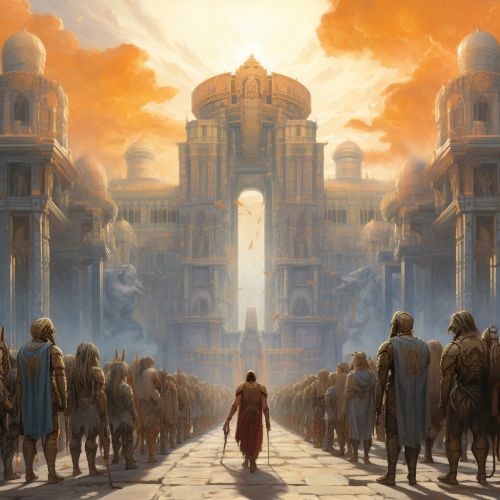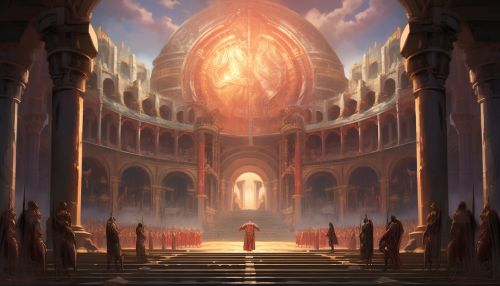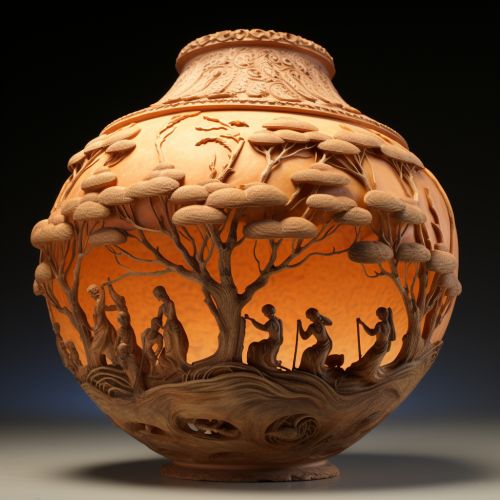Titan (mythology)
Origins
In the realm of Greek Mythology, Titans were a primeval race of powerful deities that were descendants of Gaia and Uranus. They ruled during the legendary Golden Age and were eventually overthrown by a race of younger gods, the Olympians, in the cataclysmic events of the Titanomachy.


The Twelve Titans
The Titans were twelve in number and were ruled by the youngest, Cronus, who overthrew their father, Uranus, at the behest of their mother, Gaia. The twelve Titans consisted of six males and six females. The males were Cronus, Oceanus, Iapetus, Hyperion, Crius, and Coeus. The females, often referred to as the Titanides, were Rhea, Tethys, Theia, Phoebe, Themis, and Mnemosyne.
Titanomachy
The Titanomachy, or War of the Titans, was a ten-year series of battles fought in Thessaly between the two camps of deities long before the existence of mankind. It represented a clash between an older generation of gods, the Titans, and the younger generation, led by Zeus, who would come to rule the Olympians.
Aftermath and Legacy
Following their defeat, many of the Titans were confined to Tartarus, a deep abyss used as a dungeon of torment for the wicked and a prison for the Titans. However, some Titans were spared due to their neutrality in the Titanomachy or because they allied with Zeus. They were allowed to retain their status and domain, or were even given new roles to play in the new divine order.
Influence on Culture and Art
The Titans have had a significant influence on culture and art, both in ancient times and in the modern world. Their stories have been told and retold, serving as inspiration for countless works of literature, music, and visual art.


